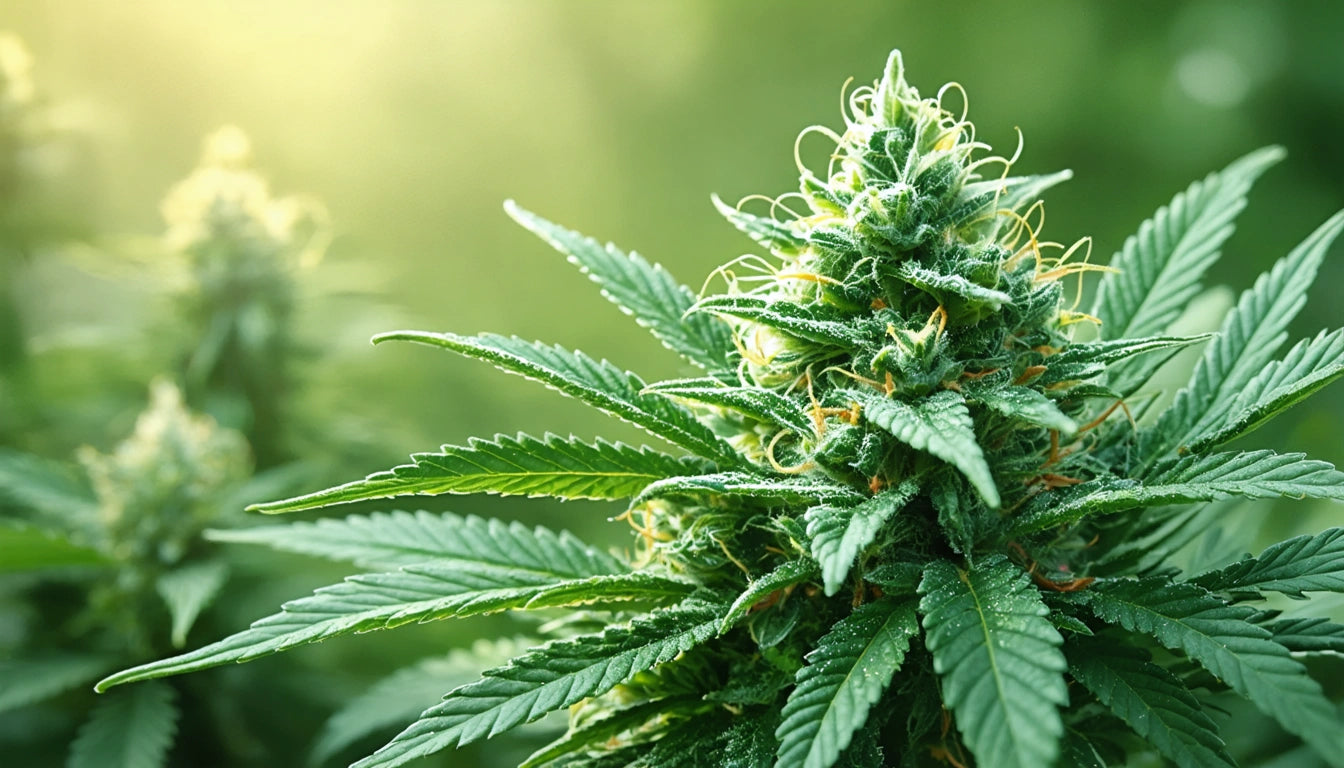Table of Contents
- Packaging as an Educational Tool: Beyond Compliance
- Visual Design Elements That Inform and Engage
- Communicating Key Information Through Packaging
- Training Staff to Leverage Packaging for Education
- The Unboxing Experience: Creating Memorable Moments
- Strategic Packaging Approaches for Different Consumer Segments
Cannabis packaging serves as more than just a container. It represents a critical touchpoint for education, brand storytelling, and consumer engagement. With limited advertising options in the cannabis industry, packaging becomes an essential marketing and educational channel that can differentiate products in a crowded marketplace while informing consumers about proper usage and effects.
Packaging as an Educational Tool: Beyond Compliance
Cannabis packaging must balance regulatory compliance with consumer education. While compliance requirements often dictate warning labels and child-resistant features, brands can use this necessity as an opportunity. According to safety regulations for consumer packaging, protective measures should be difficult for children to open while remaining accessible for adults. This balance of safety and usability creates a framework within which brands can innovate.
Beyond meeting legal requirements, effective packaging can:
- Communicate product potency and recommended dosing
- Explain expected onset time and duration of effects
- Provide guidance on proper storage
- Offer usage suggestions and consumption methods
- Highlight terpene profiles and potential benefits
When designed thoughtfully, these educational elements enhance the consumer experience while promoting responsible use.
Visual Design Elements That Inform and Engage
Visual communication plays a crucial role in cannabis packaging education. Icons and infographics help simplify complex information, making it more accessible to consumers with varying levels of cannabis knowledge.
Effective Visual Elements Include:
Color coding can indicate strain types or effect categories, helping consumers quickly identify products that match their needs. For example, purples and blues often signify relaxing effects, while oranges and yellows suggest energizing properties.
Iconography creates a universal language that transcends text, particularly useful for communicating potency levels, consumption methods, and effect timelines. Simple icons for "relaxation," "creativity," or "sleep aid" quickly convey product benefits.
Communicating Key Information Through Packaging
Certain information proves particularly valuable on cannabis packaging. Dosage and onset time details are especially important for edibles, where consumers need clear guidance to avoid negative experiences.
Strain information and terpene profiles help consumers understand what to expect from flower products. Visual design can effectively communicate these details through charts, graphs, or color-coded systems.
Clear language reduces anxiety for new or returning consumers. As explained in this article on packaging language, straightforward, jargon-free descriptions make products more approachable for cannabis-curious consumers.
Training Staff to Leverage Packaging for Education
Packaging education extends beyond the product itself to include retail staff. Training budtenders to reference packaging during customer interactions reinforces educational messaging and creates a cohesive experience.
Staff can point out key packaging elements that help consumers make informed decisions and use products safely. This approach transforms packaging from passive container to active sales tool.
In-store displays should complement packaging design, creating visual continuity that reinforces brand messaging. Thoughtful display design can highlight educational packaging elements and draw consumer attention to important information.
The Unboxing Experience: Creating Memorable Moments
The moment a consumer opens a cannabis product presents a prime educational opportunity. The unboxing experience can include inserts, QR codes linking to educational content, or layered packaging that reveals information as the consumer interacts with the product.
These touchpoints extend the educational journey beyond the point of purchase, creating ongoing engagement with the brand. QR codes can connect consumers to detailed product information, usage tutorials, or brand storytelling that wouldn't fit on the physical packaging.
Inserts and booklets provide space for more detailed education about cannabinoids, terpenes, or the brand's cultivation practices. These materials add value while positioning the brand as a trusted information source.
Strategic Packaging Approaches for Different Consumer Segments
Different consumer segments require tailored packaging approaches. First-time users benefit from clear, step-by-step guidance and reassurance about effects and proper usage.
Wellness-focused consumers respond to packaging that normalizes cannabis as part of a healthy lifestyle. Wellness-oriented packaging often emphasizes natural ingredients, targeted benefits, and integration into self-care routines.
Experienced consumers appreciate detailed information about terpene percentages, growing methods, and nuanced effects. This segment values technical information that helps them make precise product selections.
By understanding these different needs, brands can create packaging that not only educates but also builds lasting relationships with consumers. Strategic packaging design reinforces brand identity while providing the specific information each consumer segment values most.











Leave a comment
All comments are moderated before being published.
This site is protected by hCaptcha and the hCaptcha Privacy Policy and Terms of Service apply.